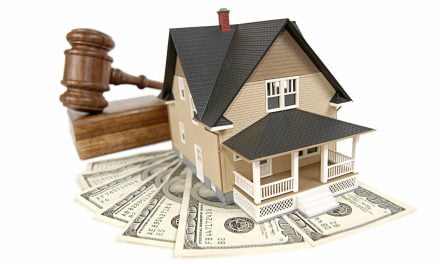How are rents performing in your local market?
- Still surging. (51%, 80 Votes)
- Leveled off. (46%, 72 Votes)
- Falling fast. (3%, 5 Votes)
Total Voters: 157
Speculators are still frenzied over an apparent resurgence in the real estate market. But how long will conditions for juicy profits last before this raging bull becomes a starving bear?
The market’s mixed messages
From the appearance of prices, California’s real estate market is surging back to a full recovery. Low-tier home prices in the tri-city average were 18% higher in February 2013 compared to one-year prior. Mid-tier prices jumped 14% and the high-tier (historically the most stable of the pricing tiers) rose 11%.
2012 closed with 447,573 total home sales, up 8% over 2011. Sales volume has weakened since November 2012. Speculator frenzy was steadily creating a self-fulfilling prophecy through 2012. This picture led to animal spirits among some end-user buyers, also contributing to run away price appreciation.
However, such illusions of escaping the mean price trendline can only last until economic fundamentals take over. Now that prices have surged sufficiently year-over-year, sales volume is beginning to slip precipitously. It’s axiomatic, dear readers; this is the way things are supposed to work when distorting conduct is removed from the market.
Thus, California real estate is in a transitional period at the moment — a bit schizophrenic, if you will. But we have a pretty good idea of how this scenario will pan out.
Related articles:
The real deal
With all this news of a California real estate market on fire, one key data point makes the market look more like a flickering candle than a raging wildfire — the homeownership rate has steadily fallen to 54.5% from its 2006 peak of 60.7%. Worse, it is trending downward , likely to bottom in the 2018 period.
Couple this news with the fact that 35% of all homeownership turnover in California are to cash buyers and one thing becomes abundantly clear: ours is a make-believe market, propped-up by speculators (Only 20% of occupying homebuyers pay cash.) The “indicators” signaling a major rebound are nothing but sound and fury over the last lagging bit of bounce in the market – as Shakespeare has it, “signifying nothing”.
Related article:
Vicious cycles
Many understand that the cycle spurred by speculator activity in the real estate market is nothing more than blackbird behavior. Real estate prices are low (that is, perceived to be low on the illusion of prices past) and buyers with cash in hand flock to the market looking to turn a long-term asset (SFRs) into short-term profits. As more players enter the game, bidding wars occur, artificially driving up prices. Speculation only ceases the moment it becomes clear that real demand for homes by end users is a mere half of the market and thus no one stands to profit by eventually selling to an end-user.
This is happening in California as we speak. However, there is at the same time another vicious cycle occurring in tandem with the real estate price bubble — an over-abundance of rental SFR properties, more so as you look from the city centers to the suburbs and beyond.
Related article:
Since speculators are short-term investors, like day traders, they require an almost immediate return on investment (ROI). If otherwise, they will look elsewhere as they always keep a keen eye on opportunity cost. We can tell end-users are still not entering the market by the anemic homeownership rate. Thus, speculators must lease their properties in the interim period until their expected profits can be pulled on the ultimate resale.
This phenomenon has led to a substantial increase in SFR rentals. Those once vacant and fallow real estate owned properties (REOs) unrented by lenders are now being rented by speculators to the tens of thousands of dispossessed homeowners.
There already existed a healthy demand for rentals in California since those who were foreclosed on during the Lesser Depression have had no choice but to rent. Thus, multi-family housing construction starts have risen to meet this organic demand.
These new starts would have been sufficient to bring California rents down from what was quickly becoming a rental bubble near the end of 2012 and into 2013. Add in the new rental supply created by speculators and rents will begin to fall noticeably by end-of-year in the suburbs.
The likely outcome
The California real estate market currently has two predominate types interested in real estate: the speculator and the renter. At the moment, these two types are working in tandem to bring rents down as an abundant supply of shelter is provided to those who are renters of necessity.
However, there still exists a vast contingent of underwater California homeowners — those who did not lose their jobs and continue to pay on their black hole asset. Since rents remain high, there has been little to no incentive for the still-employed negative equity homeowner to default.
The speculator-driven rent deflation will likely inspire those capable but discontented underwater homeowners to strategically default. Once the economic benefit of renting shelter becomes clear (think ubiquitous media reports on the plummeting cost of rent) the vicious cycle comes full circle as home prices fall as well.
Animal spirits in the SFR market have given way to animal spirits in the leasing market. Watch as speculators attempt to claw their way to great profits, only to dig their own graves.















This bull will keep raging until the artificially low interest rates start rising!